A Heritage Honoured
As a car-mad 13-year-old back in 1986, being handed a copy of the Mercedes-Benz bookazine In Aller Welt was a huge deal. Not only did it provide incredible insight into the popular marque, it also happened to be issue number 199, the very special 100 Jahre Automobil edition. That meant its 168 pages were loaded with legacy photographs and historical nuggets, a veritable trove for any car-loving teen.
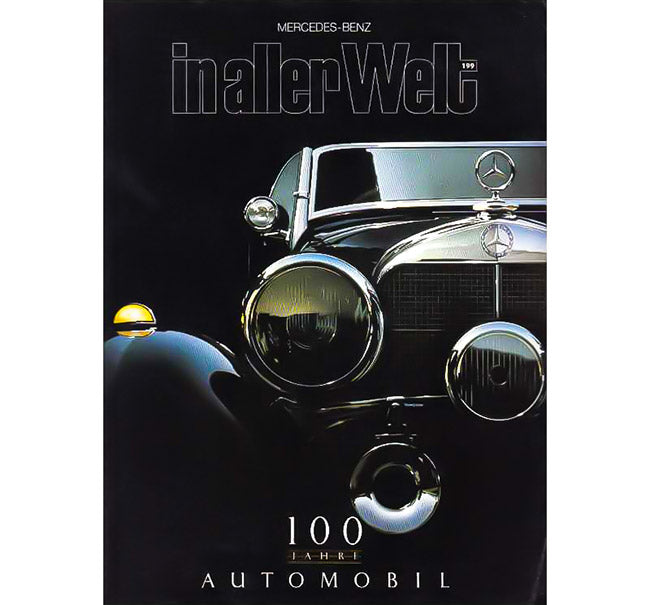
It was in the pages of that large format softback that I first saw a picture of Mercedes Jellinek and read about how the success of her father Emil’s motor racing endeavours in Daimler-Motoren-Gesellschaft vehicles would go on to become the bedrock brand name.
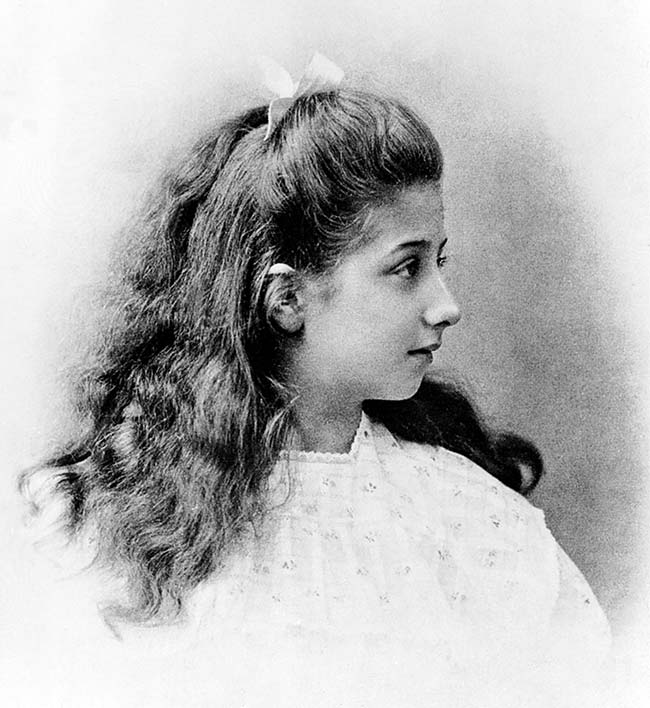
Above: This image of 11-year-old Mercedes Jellinek appeared in the 100 Jahre edition of In Aller Welt. Little could she have known that her father’s decision to associate her name with his Daimler-Benz racing cars would have such an enduring impact.
That publication instilled in me a deep appreciation for when a brand celebrates and honours its heritage. Mercedes-Benz, along with many other marques, has a long history of doing exactly that, the company’s most recent example being the reimagining of its 1969 C 111 concept car in the slick and shiny orange form of the Vision One-Eleven. The C 111 was the first in a series of aerodynamic mid-engined sports car concepts created by Mercedes in the late 1960s and ’70s to test Wankel and turbodiesel engines and polymer-based bodyshells. True to tradition then, the Vision One-Eleven houses an innovative electric powertrain comprising a high-performance axial-flux motor and an all-new battery concept featuring liquid-cooled cylindrical cells. The symmetry in both a technical and visual sense is pleasing.

Above: 1969 gullwing doors and orange paint meets 2023 gullwing doors and orange paint. As for the drivetrains: it’s rotary petrol versus axial-flux electric.
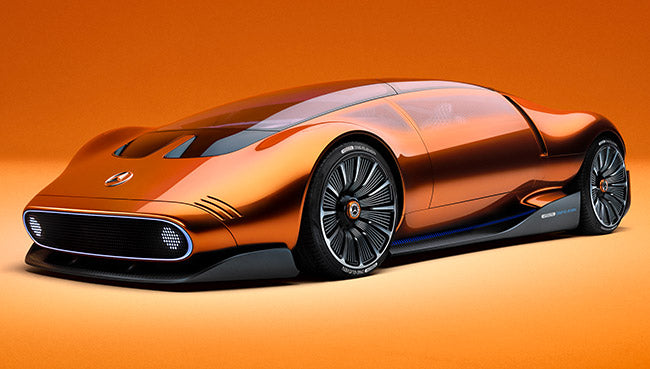
Above: Vision One-Eleven is the C 111 turned up to... eleven.
Back to 1986 and a brand that was most certainly not on my radar, Hyundai. The South Korean carmaker had begun operations in 1967 by building a version of Ford’s Cortina. Hyundai’s first in-house developed car, the Pony, was only released in 1975, two years after I was born. As a fledgling brand in the 1980s, it simply had no legacy. 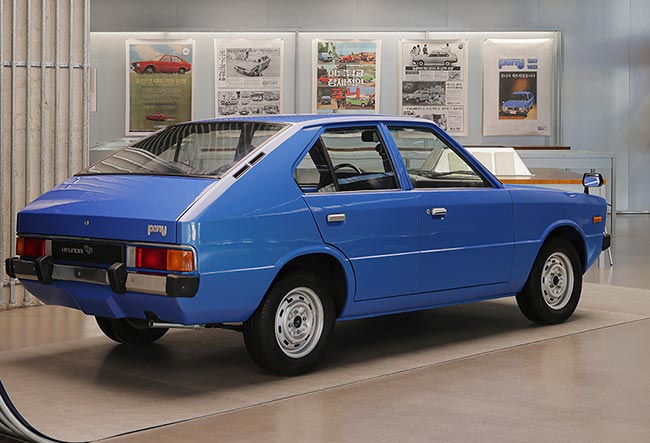
Above: Hyundai’s first proprietary product, the 1975 Pony, on display at the company’s heritage exhibition in Seoul.
Fast forward to 2023 and it is equally pleasing to see Hyundai, now on the cusp of half a century of new-car development, has chosen to honour its heritage. Not only does its multiple award-winning Ioniq 5 hatchback draw inspiration from the original Pony, the company has just opened a heritage exhibition called ‘Pony, the timeless’ and has also introduced a series of heritage publications titled Retrace.
Best of all is its commissioning of legendary father and son duo Giorgetto and Fabrizio Giugiaro to recreate a lost concept designed by a young Giorgetto and first unveiled at the 1974 Turin Motor Show. The car was one of five influential concepts built by Italdesign that informed the styling of the production Pony. The faithfully recreated Hyundai Pony Coupe Concept was ‘unveiled’ at Lake Como recently and is now a central piece of the heritage exhibition.
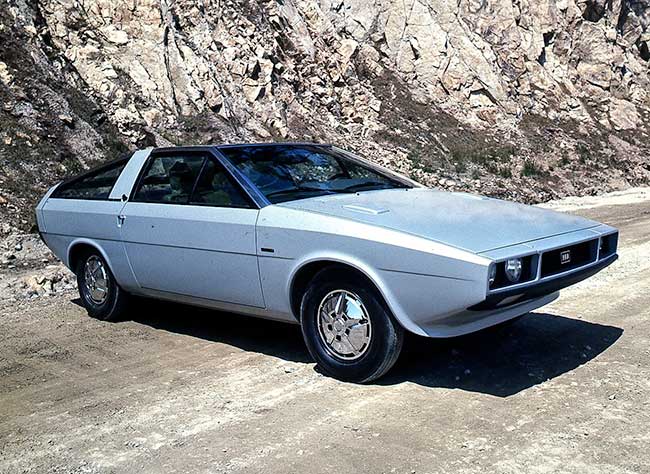
Above: The original 1974 Pony Coupe Concept, shot in obligatory 70s quarry, was intended for the US market. Sadly, what could have been Hyundai’s first sporting coupe was lost to history due to 'adverse global economic conditions in the late 1970s.'
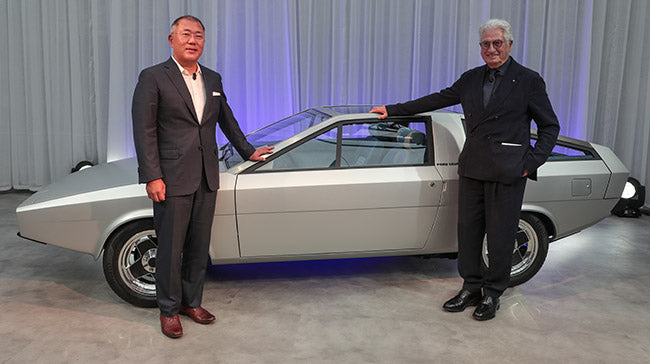
Above: Euisun Chung, Executive Chair of Hyundai Motor Group (left) and master designer Giorgetto Giugiaro posing with the recently recreated Pony Coupe Concept car.
Even while speeding towards a vastly different automotive future, it seems only sensible to not lose sight of where you’ve come from. Let us know if you agree.
By Wayne Batty





Leave a comment
This site is protected by hCaptcha and the hCaptcha Privacy Policy and Terms of Service apply.